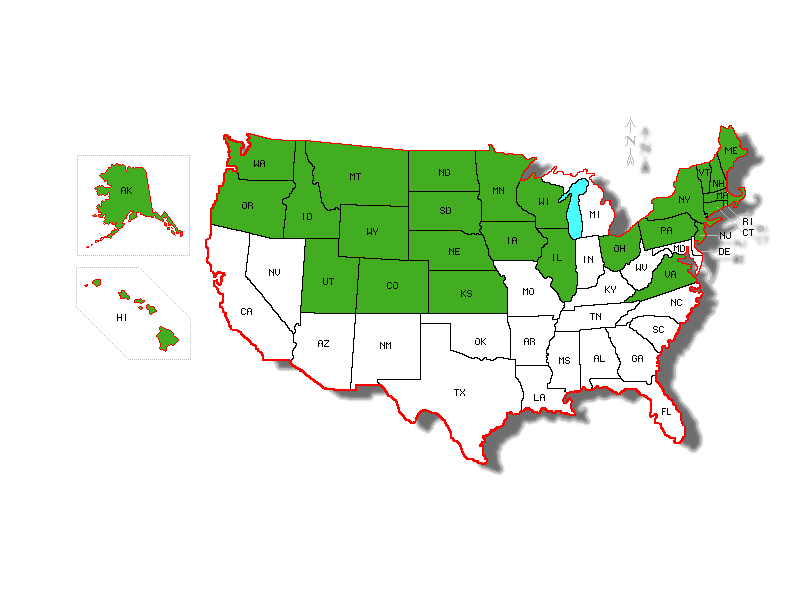From: Greg Fisher [mailto:greg@creditscoring.com]
Sent: Sunday, December 02, 2012 11:29 AM
To: Rupert Murdoch, chairman and CEO, News Corporation (via Julie Henderson)
Cc: Karen Blumenthal, columnist, Getting Going, Wall Street Journal, News Corporation; Karen Blumenthal (2)
Subject: credit score, Credit utilization, Wall Street Journal, 2012-12-01
You published:
Apart from what you actually owe, it especially helps to have unused credit available. “Credit utilization“—how much of your credit you actually use—accounts for 30% of the credit-score calculation. While the rule of thumb is to keep your credit use to no more than a third of your available credit, FICO high achievers use, on average, a skimpy 7% of the credit available to them.
However, according to Fair Isaac, 30% is a number referring to the importance of a category in calculating a FICO score called “Amounts Owed,” not “Credit utilization.” And, Amounts owed is driven by half a dozen factors, not just utilization. Fair Isaac explains that one of the items in the category is, indeed, “How much of the total credit line is being used and other ‘revolving’ credit accounts,” but it is only one of 6 items in that segment, and, in fact, is listed fifth.
One of the other items (one that you failed to mention) is “The amount owed on different types of accounts.” That introduces the idea of scoring based on specific types of loans—credit cards and installment accounts, for example. Another is, merely, “How many accounts have balances,” which has nothing to do with how much credit is actually used.
In 2009, a Fair Isaac spokesman told me: “When my company explains FICO scoring to a general audience, we apply general weights to major data categories such as, ‘Amounts Owed is 30 percent of a typical consumer’s score.’ We don’t break that weighting into finer parts for individual factors, both to avoid unintentionally misleading the public and to protect the model’s proprietary information. “
But if all of that is not overt enough for you, try this. Using the same words (apparently finally giving in, using the same, popular, over-simplifying street term) you use, Fair Isaac mentions this about the 30% category: “Credit utilization, one of the factors evaluated in this category, considers the amount you owe compared to how much credit you have available.”
So, now we finally know—in words straight from the horse’s mouth—that “Credit utilization” (despite wacky Wikipedia‘s inaccurate information) does not account for 30 percent of the score calculation; it is only one of the factors in the 30% category (and we have only a vague idea of its weight). What is not clear about that? You used quotation marks around the term credit utilization. Who are you quoting?
And, whose rule of thumb is it to use no more than a third of available credit? Is there some plateau at 33 percent? Are there only diminishing returns below that?
The state of the fourth estate is pathetic, so I created a website to deal with your industry’s poor attitude regarding accuracy. Corrections are published on Page A2.
Finally, what are you doing about my comments that you removed?
—
Greg Fisher
The Credit Scoring Site
creditscoring.com
Page A2
pagea2.com
PO Box 342
Dayton, Ohio 45409-0342
[UPDATE, 2012-12-03 5:30 PM EST: Continued on Page A2]

